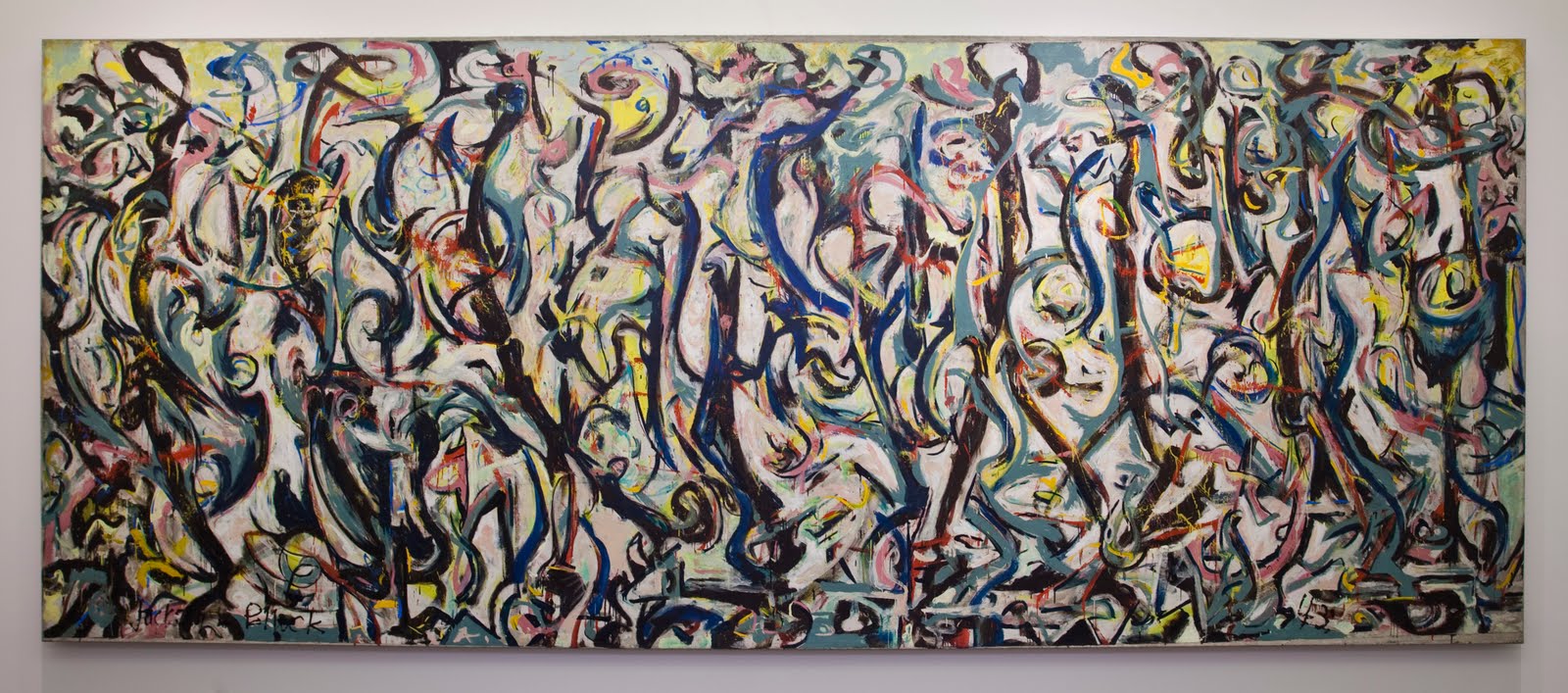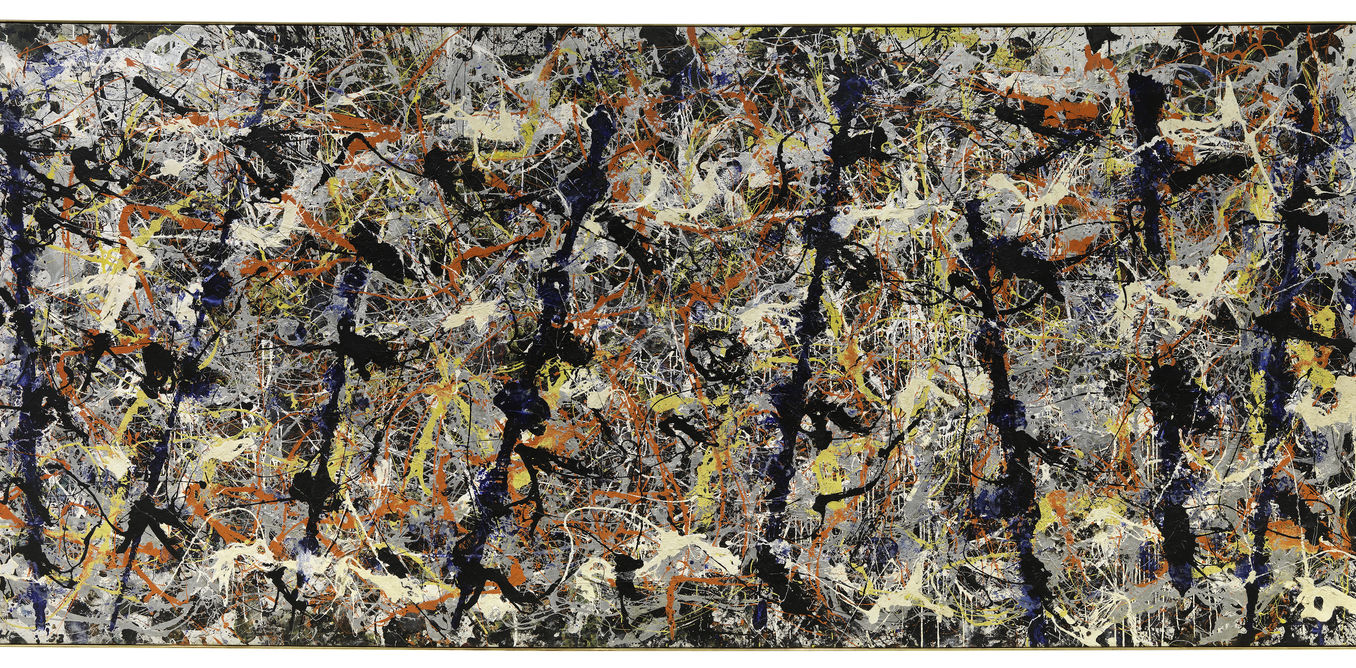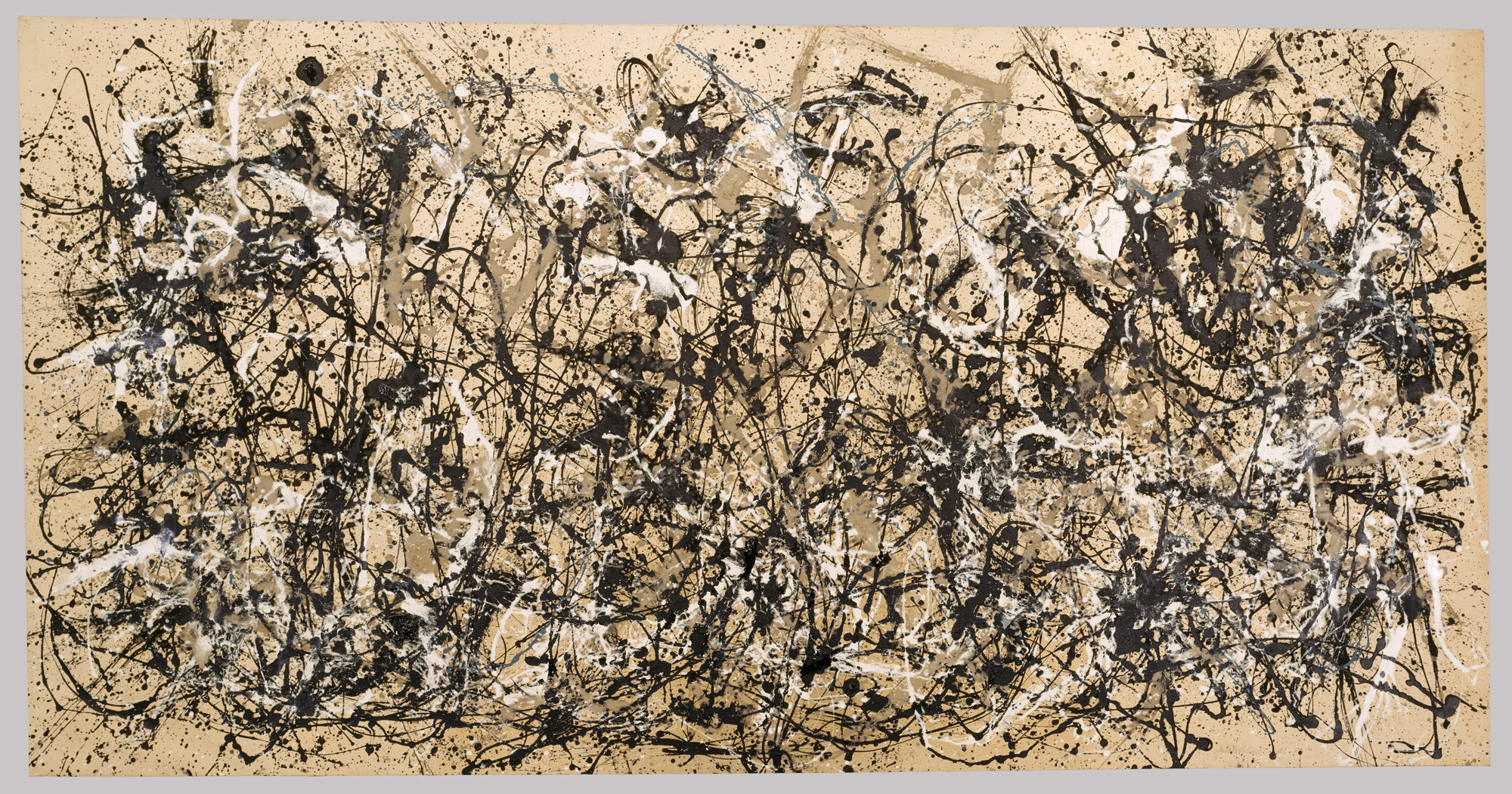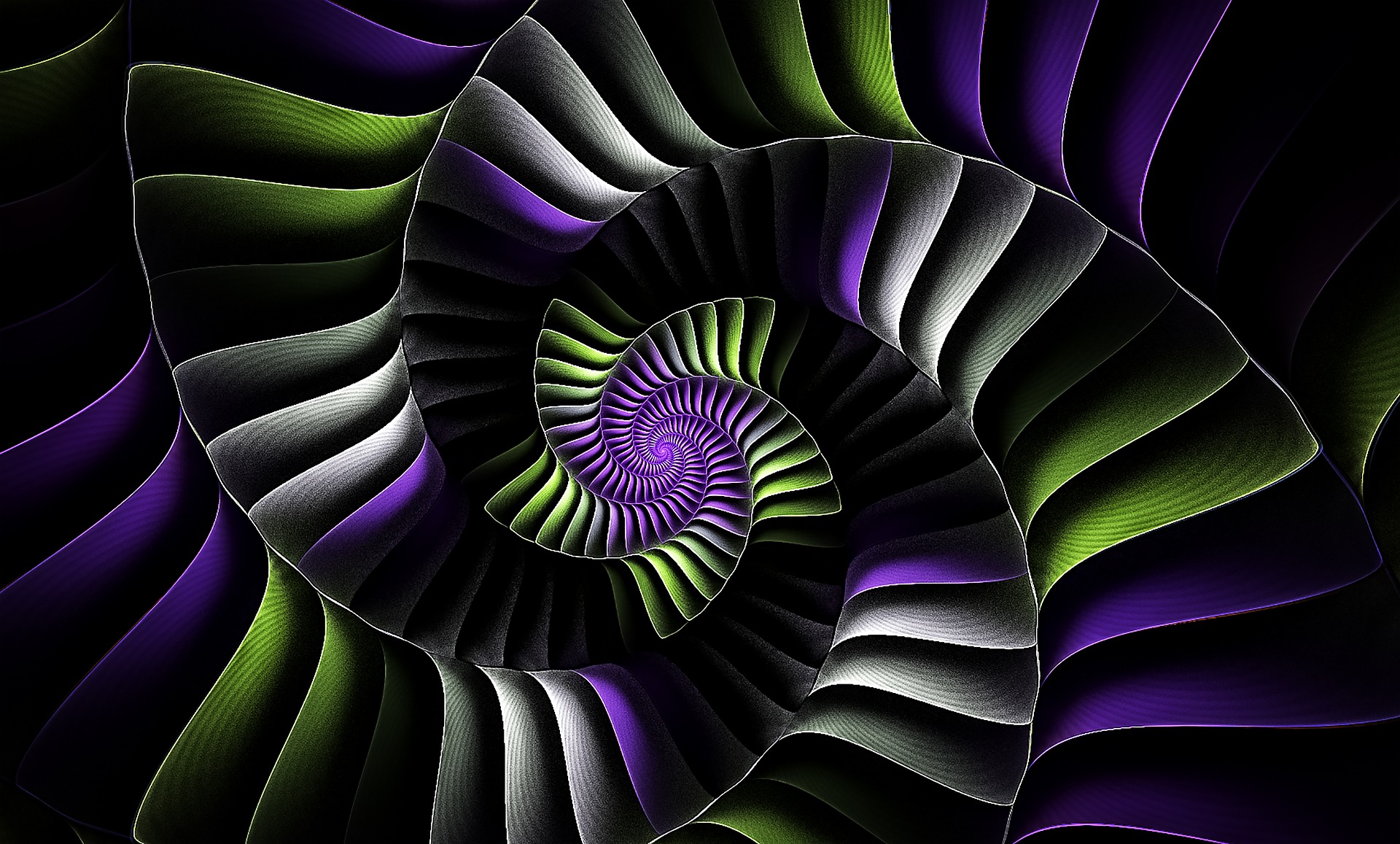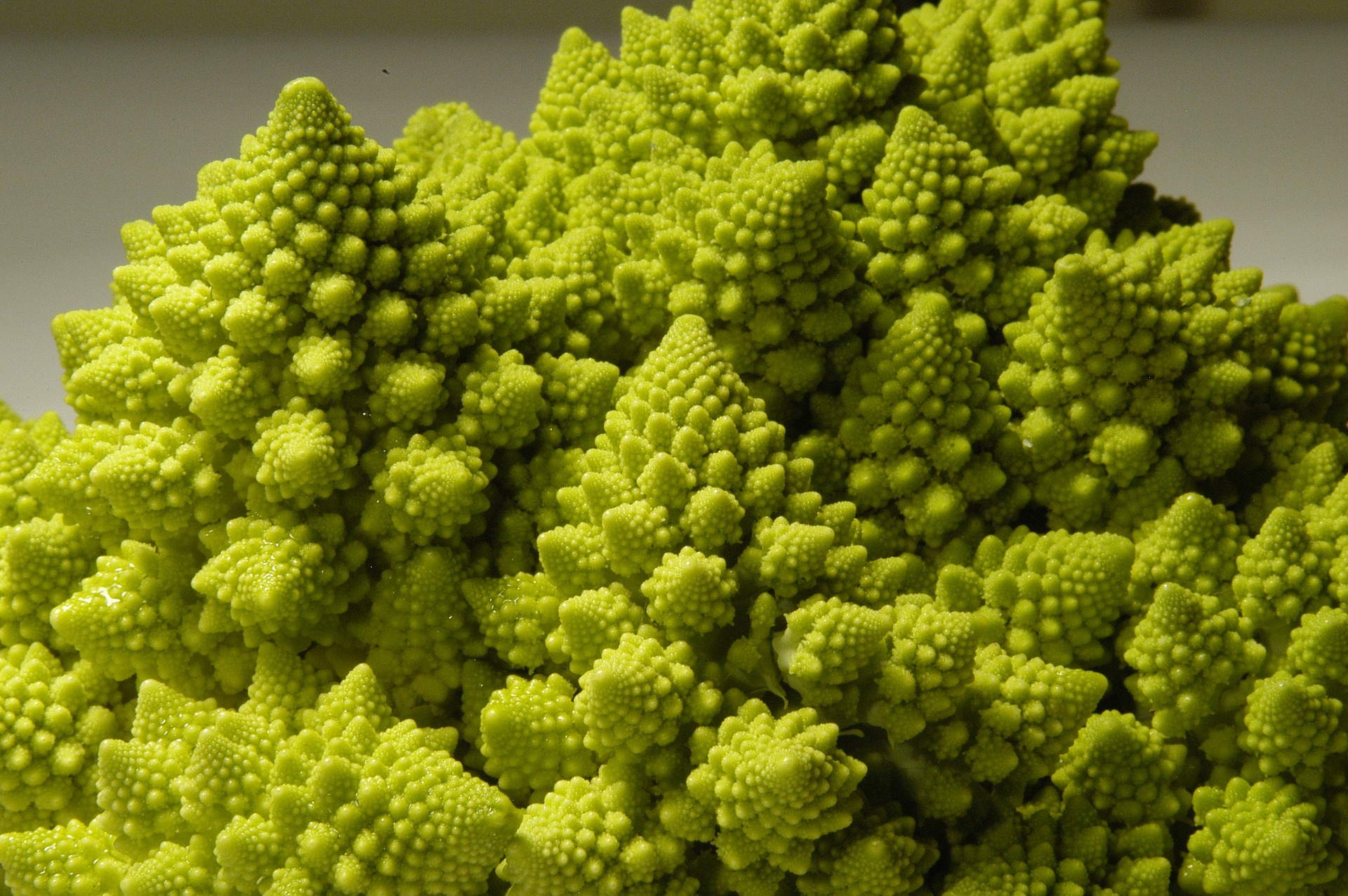All Together Now for Color
CLASS 6
All Together Now for Color
Art Theory- Stretching Concepts
I confess- I never really bothered to understand Jackson Pollock’s art. My concept of art always leaned to an aesthetically pleasing expression- at least one of balance and harmonious colors. And so I rarely have gotten excited about expressionism from the 1940s and 50s. Especially for Pollock I had a hard time getting excited about the dark tones, the method and the lack of figures in his drip paintings. Drip paintings is the style he became famous for using. So, I clearly needed to understand it better and I want to share what I learned.
I will say, I got a completely different understanding of his art when reading about his process. As I understand he painted these drip paintings in a trance- he was in the zone as we say now. He painted the giant painting: “Mural” – it is eight feet by twenty feet- that is 2.5 meters by 6.5 meters approximately, in one energetic outburst. One photographer commented on how for another painting Pollock was constantly moving around the painting, almost as if listening inwardly to something only he could hear. “Mural” was commissioned by Peggy Guggenheim. Pollock later said about that it was “a stampede of every animal in the American West, cows, and horses and antelopes and buffaloes. Everything is charging across that goddamn surface”.
Another interesting fact is that his paintings have been examined by a physicist, Richard Taylor, who using computer analysis showed that Pollock’s drips and patterns are similar to fractals. Fractals are patterns that show up again and again in nature, in large and small scales. That fits with what Pollock remarked so wisely: “I am Nature”. To me it sounds like Pollock was accessing his ancestors DNA, living himself into the Shamanic Experience through his paintings. Today many researchers are studying how looking at fractals have a calming effect on the nervous system and some cognitive neuroscientists even show that Pollock’s fractals induce the same stress-reduction in observers as computer-generated fractals and Nature’s fractals.
Here’s a link to Blue Poles from the national Gallery of Australia: https://wn.com/blue_poles
Obviously, there is a lot more to his art than I saw at first glance. However, I would love to see the giant “Mural” in person and since it is owned by Iowa state University I have a good chance of seeing it one day.
Till then I am including images for you here both of fractals and Pollock’s works.
And also of links to virtual museums. It is not the same as seeing a work of art “in person” but it is a viable substitute when one cannot make it. My imagination is good, but seeing for instance Monet’s “Water Lilies” up close or Pollock’s “Mural” is not the same as seeing them on a small screen.
So about concepts: If your concept of your own art is not quite one of love and acceptance yet, keep painting. Keep moving forward with your exploration of paint and expression. That is actually a wonderful gift- to really know there is more to learn. Always be kind, patient and loving with yourself and allow yourself to do exactly the art you are doing right now. Whether it looks like anybody’s idea of good art is not important at all. To grow as an artist, it is crucial to keep allowing and keep doing.
You can even give yourself permission to be ‘a bad artist’ if that permission helps to keep you painting. Never-ever hold yourself back with self criticism! Keep practising positive self-talk, like this: “You are doing great!- This looks really good” even if it feels silly at first- and ONLY EVER(!) compare yourself to your own early works!
To paint you need loving eyes and you need to give yourself both time and freedom to paint exactly like you do- right now! The more we paint the more we become of ourselves.
I hope you will allow yourself to enjoy naivism, or folk art, expressionism, or abstracts- any style you like to play with and dabble in right now. Don’t be like me and avoid Jackson Pollock.
Here are some links to virtual museums:
https://www.metmuseum.org/
https://www.nga.gov/exhibitions/webtours.shtm
https://www.artsteps.com/
https://www1.europeanvirtualmuseum.net
